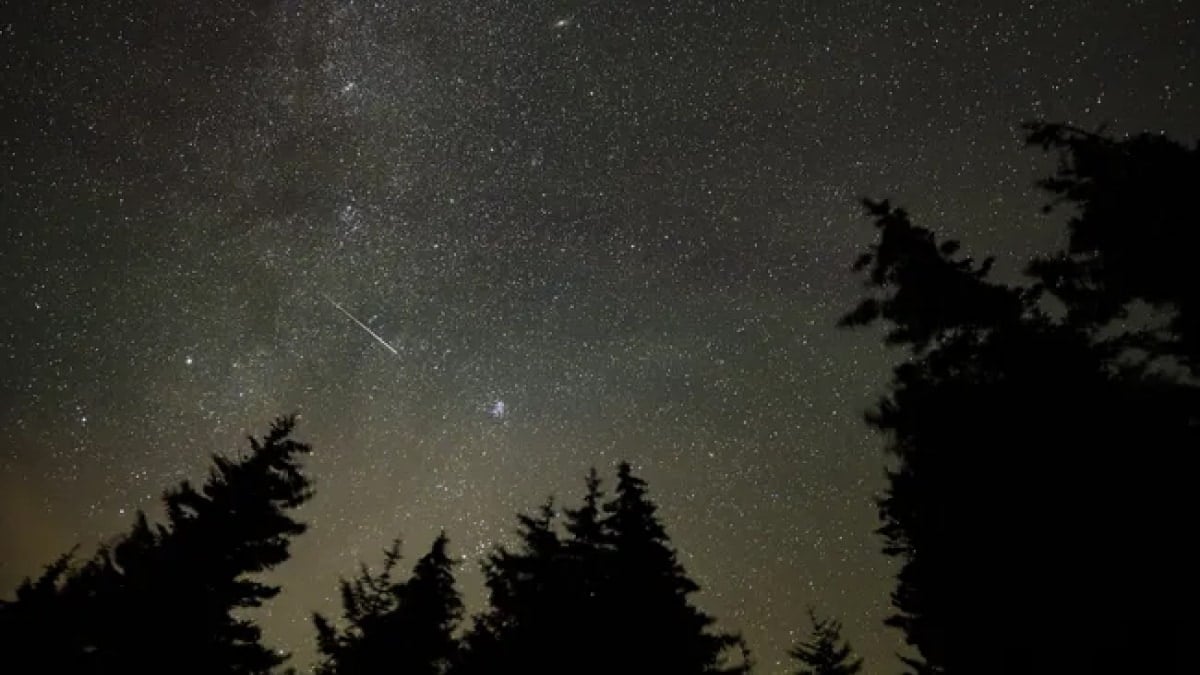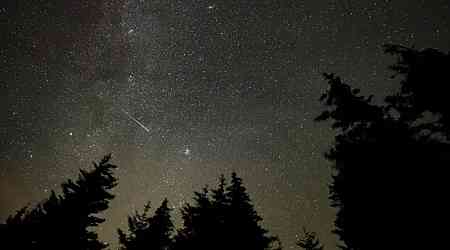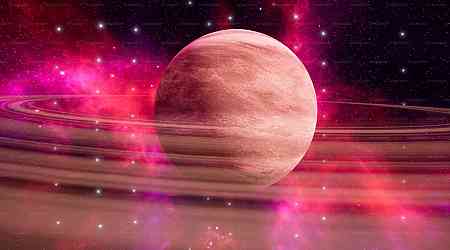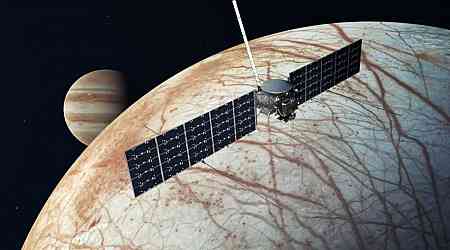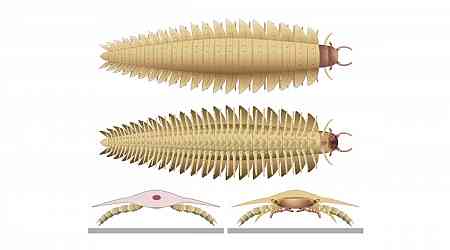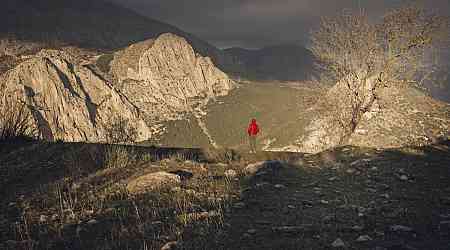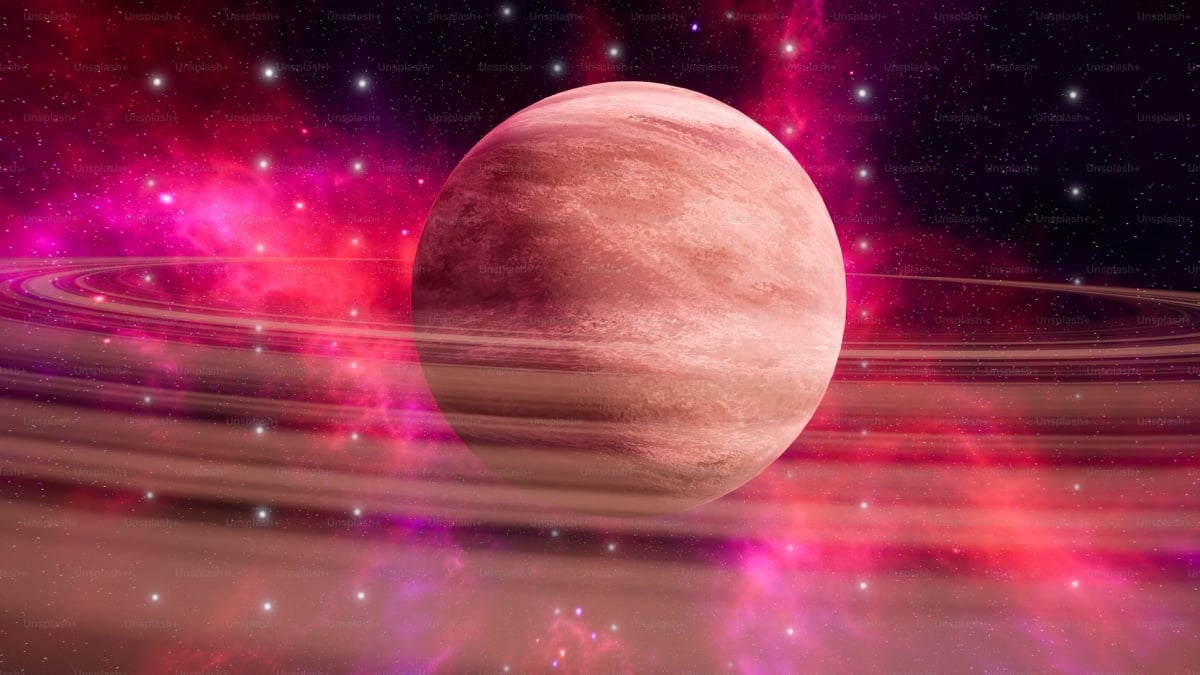The North Taurid meteor shower peaked on the night of November 11, offering skywatchers across the United States a chance to witness one of the year's most unique meteor displays. This annual event is part of two overlapping meteor showers—the South and North Taurids—both originating from the debris trail of Comet 2P/Encke. These meteors, which peak in November, can produce exceptionally bright fireballs, lighting up the night sky.
Taurid Meteor Showers Bring Bright Fireballs
The North Taurids was active from October 13 to December 2, while the South Taurids began in late September and ended on November 12. While these meteor showers generally produce about five meteors per hour, they are best known for their “Halloween fireballs”—extraordinarily bright meteors that can be visible across large areas of the sky. The relative scarcity of meteors is compensated by their brightness, allowing onlookers a memorable viewing experience, especially during the peak.
Optimal Viewing Under the Night Sky
Despite the Moon being in its waxing gibbous phase, which can reduce visibility for faint meteors, these fireballs are expected to remain visible. The presence of the moon, approaching its full phase on November 15, may make it challenging to spot smaller meteors; however, the most luminous fireballs will remain visible. The South Taurids peaked earlier this month during a waxing crescent moon, making their display particularly striking under dark conditions.
Observing Tips and Origins of the Taurids
Originating from Comet 2P/Encke, which has an orbit around the sun every 3.25 years, both showers are created by the remnants left by this short-period comet. The North and South Taurids appear to emanate from the constellation Taurus, which rises in the eastern sky each November. Observers are encouraged to allow their eyes time to adjust to the dark, as viewing does not require any equipment like binoculars or telescopes.
This yearly meteor display provides a unique opportunity for both amateur and seasoned astronomers to enjoy bright fireballs illuminating the sky—an event best appreciated without additional light interference.


















